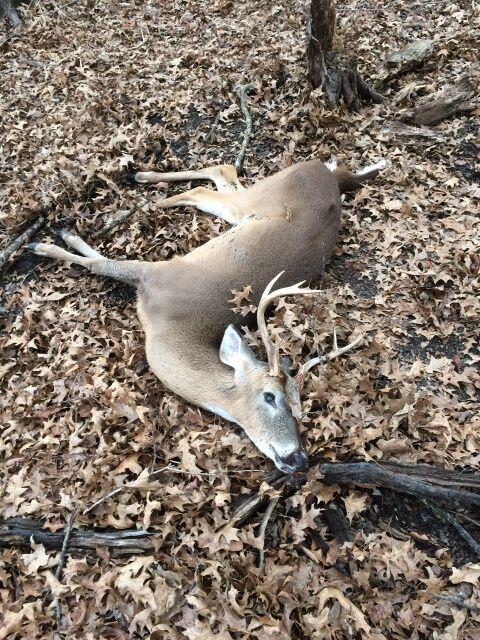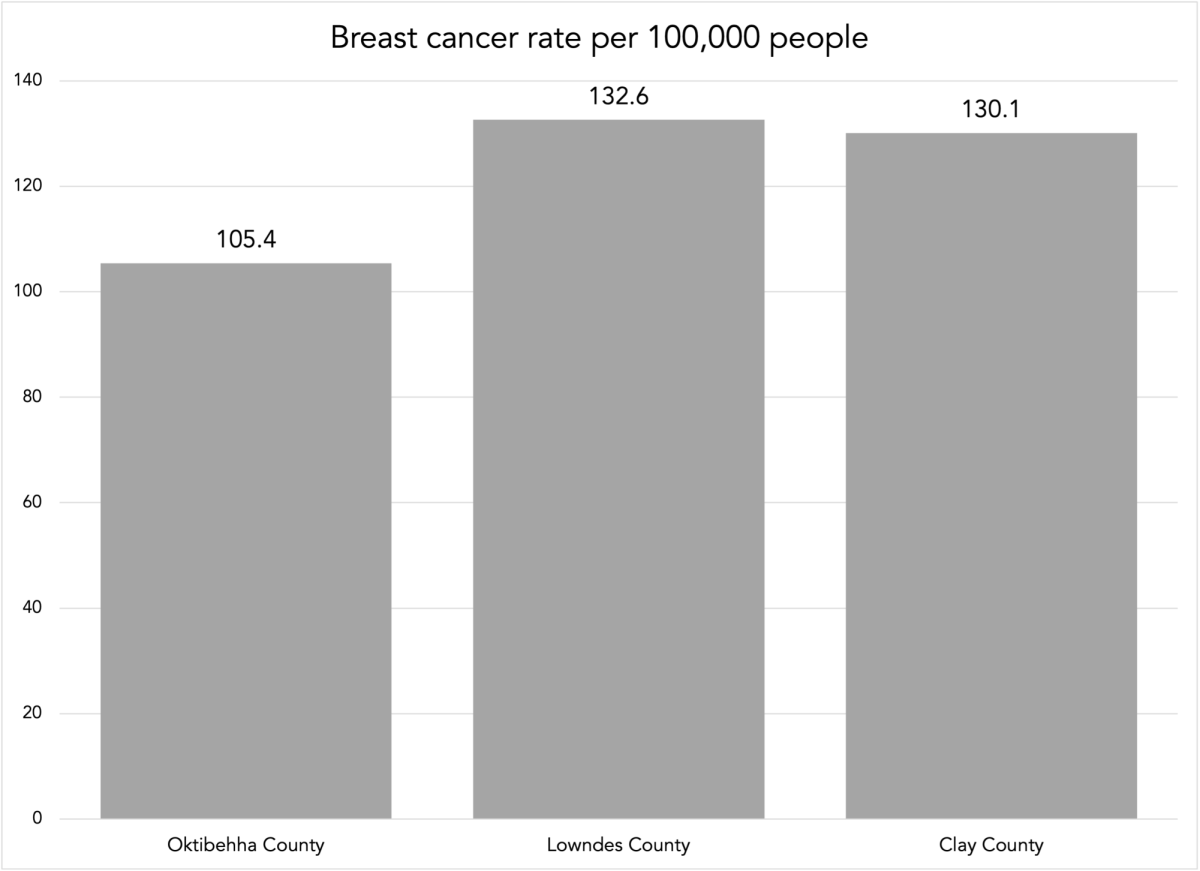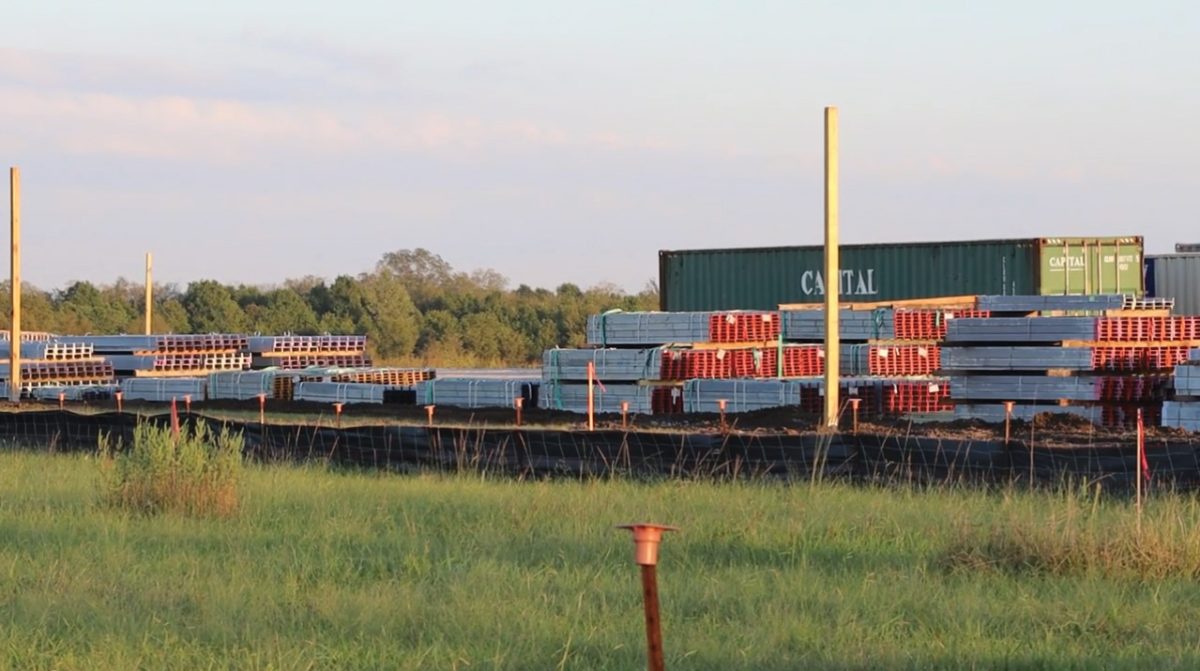Recent sampling data shows that chronic wasting disease, a fatal condition threatening Mississippi’s deer population, has continued to expand its reach.
Despite no significant increase in the number of samples the Mississippi Department of Wildlife, Fisheries and Parks tested, there have been 73 positives cases so far this year, compared to 51 last year.
Unlike most diseases, CWD is a prion disease that targets proteins in a deer’s nervous system. Once infected, a deer becomes an asymptomatic carrier for some months or years and can distribute infectious prions through bodily fluids, according to Mississippi State University’s website.
As prions build up in the deer’s nervous system, it begins to lose the basic functions to sustain itself, becoming uncoordinated and malnourished. CWD is 100% fatal.
William McKinley, deer program coordinator for the MDWFP, has been working to buy decades for Mississippi’s deer populations. McKinley said CWD is the greatest threat to wildlife in Mississippi.
“The reason that CWD is so important … once it gets in an area, there’s very little chance of getting rid of it,” McKinley said.
According to McKinley, it takes 300 nanograms — about the size of a grain of sand — worth of infectious material to infect a deer, and these infectious prions can persist in the environment for over 15 years.
As CWD spreads throughout a population, McKinley said some hunters become reluctant to harvest as many deer as usual. This hesitation could cause the deer population to increase and the disease to spread.
Once the disease reaches a critical prevalence in the population, deer do not live long enough to produce as many offspring, and the deer population decreases. This has been the case in Benton county, where one in seven deer and one in five bucks have the disease.
“It is a deadly cycle, and it does not have a good outlook at current. That’s why we say we need hunters to help us hold it where it is until science can catch up,” McKinley said.
Robert Grala, a professor in MSU’s Department of Forestry, is conducting a study in collaboration with the University of Tennessee to determine the impacts that CWD has had on hunting access, the state economy and landowner acceptance of CWD control measures.
While their research is not complete, Grala said a decrease in the number of hunters in an area could have reaching economic impacts.
“If you have a decrease in hunting activity due to CWD, then suddenly, they don’t travel that much; they don’t need lodging. Hotels have decreased revenues; food providers have decreased revenue. Those who sell equipment also have lower sales, so that also translates to other sectors of the economy,” Grala said.
According to one MSU study, researchers quantified the total economic impact of white-tailed deer to be $760 million to $1 billion in 2007, which is $1.1 billion to $1.4 billion today.
Bronson Strickland, a professor of wildlife management, has worked within MSU’s deer lab to research and educate others about CWD. According to Strickland, the outright extinction of deer populations is not a concern.
“It’s just going to be that the deer population will be far less than what it currently is, and that’s going to change the recreational value of that species,” Strickland said.
Strickland said the future of CWD looks grim for Mississippi’s most economically valuable wildlife species. Since it is difficult to visually spot the spread of the disease, more than 20% of deer would have to be infected before it became visually obvious.
“We want to find where the disease is at — hence the big sampling campaign that’s been going on for the past four years for hunters to turn in their samples so that the state wildlife agency can locate where the disease is at in Mississippi to hopefully come up with management actions that will slow down the spread,” Strickland said.
According to McKinley, there is an average of 18,000 deer in each Mississippi counties. For management to be effective, sampling efforts must identify the disease early. Once the disease affects 5% of the population, it begins to spread at an exponential rate.
“It sits there for years, building up in herds in a county before we’re able to detect it,” McKinley said. “We’re sampling a few hundred deer in a lot of counties and many counties are sampling well under one hundred, so think of how long it takes to find that disease.”
This past season, the state’s wildlife agency had 62 sample drop-off stations available to hunters. Once a deer tests CWD positive, that county and any county within 10 miles will become a CWD management zone. These management zones prohibit supplemental feeding, and deer carcasses cannot leave the zone.
“Well, it’s going to continue to spread. How fast it spreads is going to depend on how much cooperation we get from hunters and managers across the state,” McKinley said.
The CDC has recommended hunters to avoid consuming meat infected with CWD as cooking infected meat will not destroy prions.
For more information, visit MDWFP’s CWD dashboard at mdwfp.com or the MSU Deer Lab YouTube channel.
Chronic wasting disease increases in MS deer population
A hunter found the first deer that died from chronic wasting disease north of Vicksburg.
About the Contributor

Samuel Hughes, Former News Editor
Samuel Hughes served as the News Editor from 2023 to 2024.
0
More to Discover



















